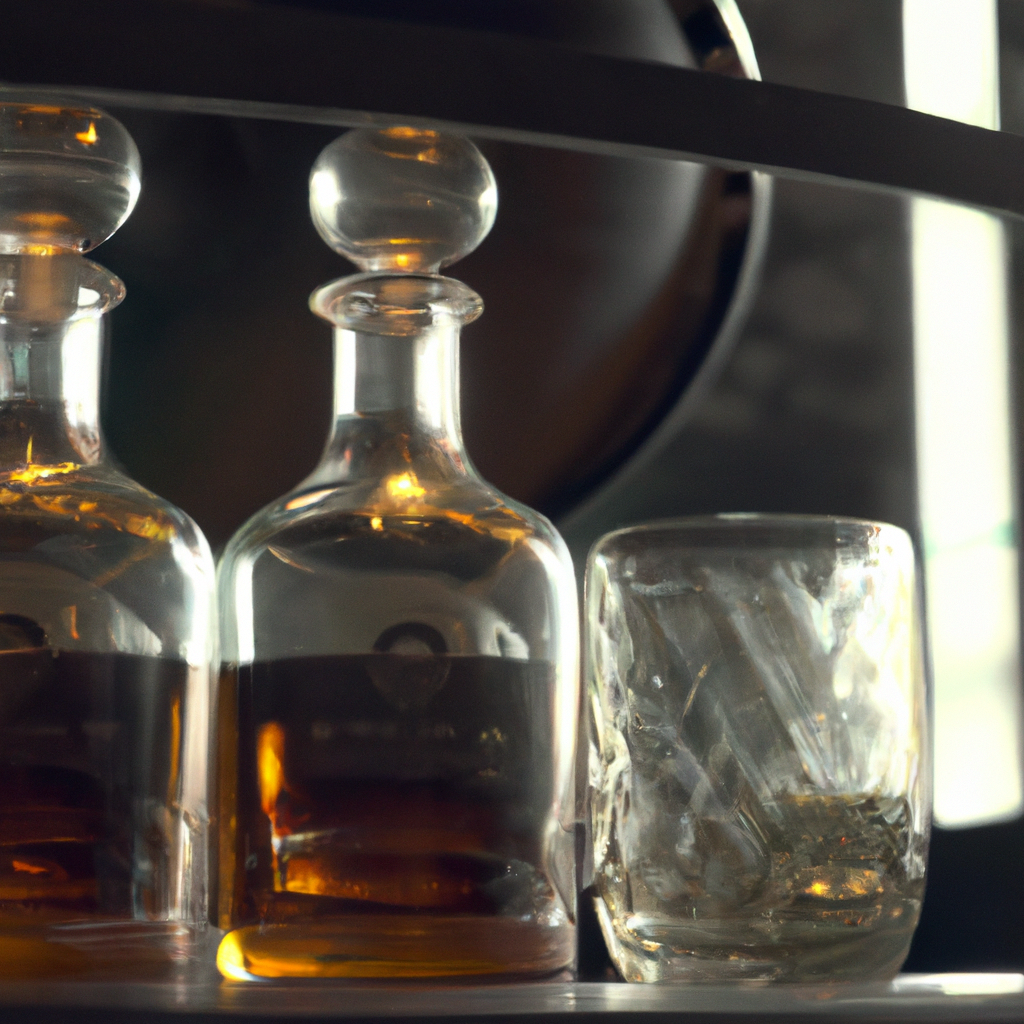Whiskey is a popular spirit that has been around for centuries. It is a distilled alcoholic beverage made from fermented grains like barley, corn, rye, and wheat. The distillation process and aging are critical to the production of whiskey. In this article, we will dive deep into how whiskey is distilled and aged, and the role of the distillery in whiskey production.
Distillation Process
The distillation process is the heart of whiskey production. It involves heating the fermented grains to create a vapor that is captured and condensed. The condensed vapor is then aged in oak barrels to create whiskey. The distillation process has three main steps:
Mashing: The first step in the distillation process is mashing. This involves mixing the grains with hot water to create a mash. The grains are then allowed to soak in the water for a few hours to release their sugars. This sugar-rich liquid is known as wort.
Fermentation: The wort is then cooled and yeast is added to it. The yeast consumes the sugar and converts it into alcohol. This process takes about three to five days.
Distillation: The fermented liquid is then distilled. This involves heating the liquid to create a vapor that is captured and condensed. The resulting liquid is known as “new make” or “white dog.”
Aging Process
The aging process is just as important as the distillation process. It is during this time that the whiskey develops its flavor and color. Whiskey is aged in oak barrels that have been charred on the inside. The aging process has three main steps:
Barrel Selection: The type of barrel used to age the whiskey can have a significant impact on its flavor. Most whiskey is aged in oak barrels, but the type of oak and the level of charring can affect the flavor.
Filling the Barrel: Once the barrels have been selected, the whiskey is then poured into them. The barrels are filled to the top, and the excess liquid is drained off. The whiskey is then left to age for several years.
Bottling: After the whiskey has aged for the desired amount of time, it is then bottled. Some distilleries will blend different barrels of whiskey to create a consistent flavor profile.
Distillery
The distillery is the heart of whiskey production. It is where the grains are mashed and fermented, and where the whiskey is distilled and aged. The distillery is a complex operation that requires a lot of skill and knowledge. The following are the different areas of a distillery:
Milling: The grains are first milled into a coarse flour.
Mashing: The milled grains are mixed with hot water to create a mash.
Fermenting: The mash is then cooled and yeast is added to it.
Distilling: The fermented liquid is then distilled to create whiskey.
Aging: The whiskey is then aged in oak barrels.
Bottling: After the whiskey has aged, it is then bottled.
Conclusion
In conclusion, whiskey is a complex spirit that requires a lot of skill and knowledge to produce. The distillation process and aging are critical to the production of whiskey. The distillery is the heart of whiskey production, where the grains are mashed and fermented, and where the whiskey is distilled and aged. The type of barrel used to age the whiskey can have a significant impact on its flavor. Whiskey production is a time-consuming process, but the end result is a delicious and complex spirit that has been enjoyed for centuries.







